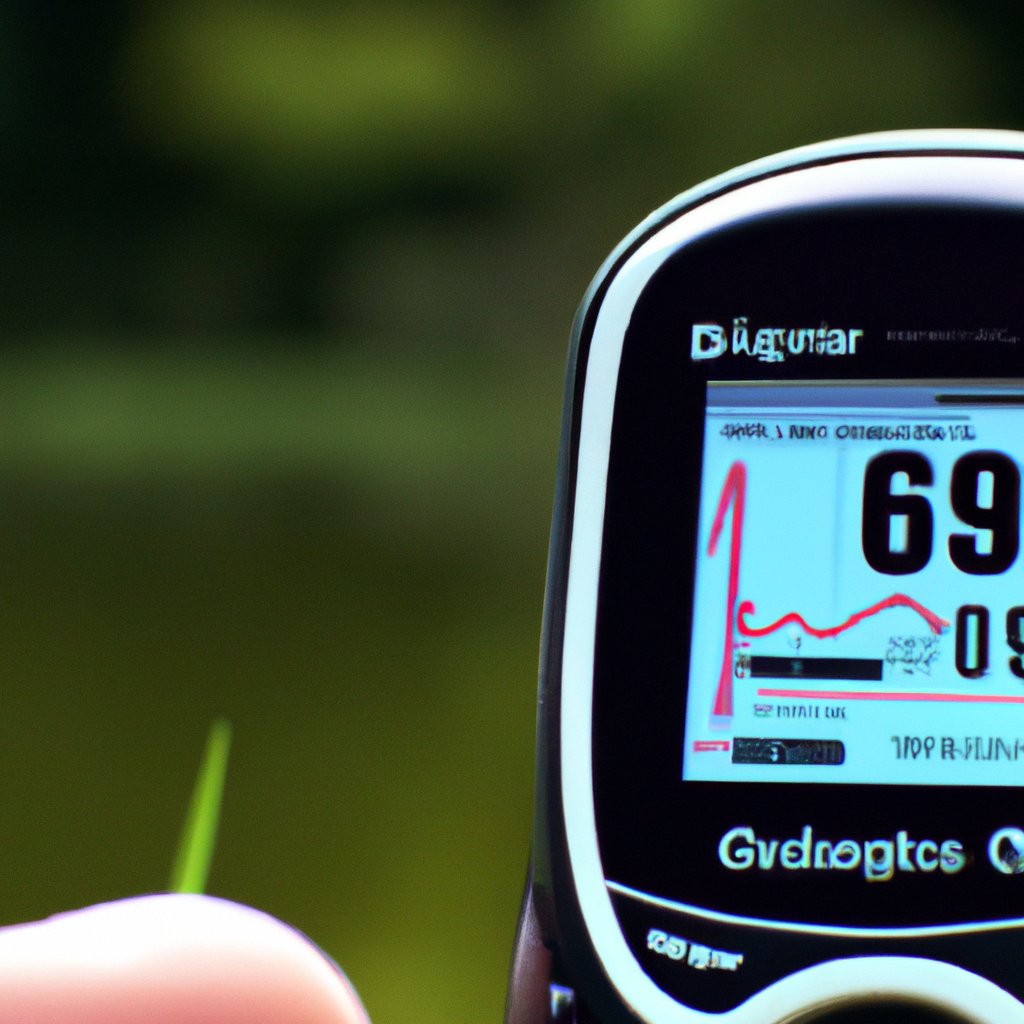-
Reading Roadmap
- Navigating the Path to Optimal Utilization of Continuous Glucose Monitoring in Primary Care
- Key Takeaways
- Introduction: The Promise of Continuous Glucose Monitoring
- The Role of Primary Care in CGM Implementation
- Barriers to Optimal CGM Utilization
- Overcoming the Barriers: Strategies for Success
- FAQ Section
- What is Continuous Glucose Monitoring (CGM)?
- What role do primary care providers play in CGM?
- What are the barriers to optimal CGM utilization?
- How can these barriers be overcome?
- What is the future of CGM in primary care?
- Conclusion: The Path Forward
- Further Analysis
Navigating the Path to Optimal Utilization of Continuous Glucose Monitoring in Primary Care

[youtubomatic_search]
Key Takeaways
- Continuous Glucose Monitoring (CGM) is a revolutionary tool in diabetes management, providing real-time glucose readings.
- Primary care providers play a crucial role in the implementation and optimization of CGM.
- Barriers to optimal CGM utilization include cost, lack of education, and technological challenges.
- Strategies to overcome these barriers include patient education, provider training, and policy changes.
- Future research should focus on improving CGM technology and accessibility, and understanding its long-term effects.
Introduction: The Promise of Continuous Glucose Monitoring
Continuous Glucose Monitoring (CGM) is a game-changing tool in the management of diabetes. Unlike traditional glucose meters that provide a single point-in-time measurement, CGM devices monitor glucose levels continuously throughout the day and night, providing real-time readings and trend information. This allows patients and healthcare providers to make more informed decisions about insulin dosing, diet, and physical activity. However, despite its potential, the optimal utilization of CGM in primary care remains a challenge.
The Role of Primary Care in CGM Implementation
Primary care providers are often the first point of contact for patients with diabetes and play a crucial role in the implementation and optimization of CGM. They are responsible for prescribing the device, interpreting the data, and making treatment adjustments based on the readings. However, many primary care providers lack the necessary training and confidence to effectively use this technology.
Barriers to Optimal CGM Utilization
Several barriers hinder the optimal utilization of CGM in primary care. These include the high cost of CGM devices and supplies, lack of patient and provider education, and technological challenges such as data overload and device accuracy. Additionally, some patients may find the devices inconvenient or uncomfortable to wear, leading to poor adherence.
Overcoming the Barriers: Strategies for Success
Overcoming these barriers requires a multifaceted approach. Patient education is key to improving adherence and maximizing the benefits of CGM. Providers also need training to interpret CGM data and make appropriate treatment adjustments. Policy changes are needed to make CGM more affordable and accessible. Finally, ongoing research and technological advancements can help improve device accuracy and ease of use.
FAQ Section
What is Continuous Glucose Monitoring (CGM)?
CGM is a method of monitoring blood glucose levels continuously throughout the day and night, providing real-time readings and trend information.
What role do primary care providers play in CGM?
Primary care providers are responsible for prescribing the CGM device, interpreting the data, and making treatment adjustments based on the readings.
What are the barriers to optimal CGM utilization?
Barriers include the high cost of CGM devices and supplies, lack of patient and provider education, and technological challenges such as data overload and device accuracy.
How can these barriers be overcome?
Strategies include patient education, provider training, policy changes to make CGM more affordable and accessible, and ongoing research and technological advancements.
What is the future of CGM in primary care?
The future of CGM in primary care depends on improving CGM technology and accessibility, understanding its long-term effects, and training providers to effectively use this tool.
Conclusion: The Path Forward
Continuous Glucose Monitoring holds great promise for improving diabetes management in primary care. However, to realize its full potential, we must overcome the barriers to its optimal utilization. This requires a concerted effort from patients, providers, policymakers, and researchers. By working together, we can navigate the path to optimal CGM utilization and improve the lives of millions of people with diabetes.
[youtubomatic_search]
Further Analysis
As we continue to explore the potential of CGM in primary care, it is crucial to keep in mind the key takeaways from this article. The role of primary care providers in CGM implementation, the barriers to optimal CGM utilization, and the strategies to overcome these barriers are all important considerations. With ongoing research and technological advancements, the future of CGM in primary care looks promising.







